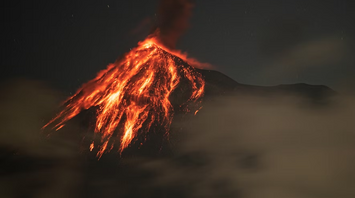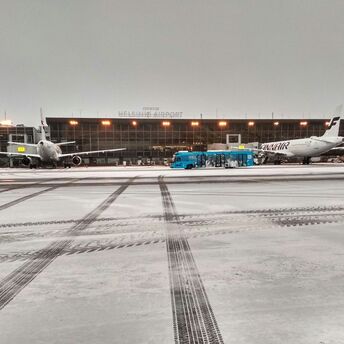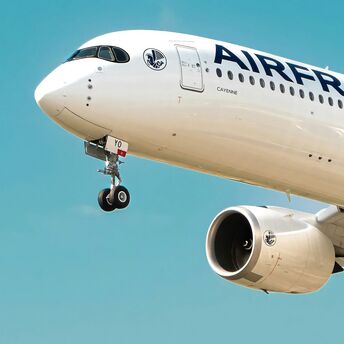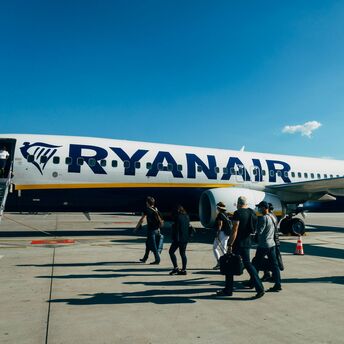Kamchatka Volcano Eruption Impacts Long-Haul Travel Between Asia and North America

Ash-spewing volcanic unrest on Russia’s Kamchatka Peninsula is disrupting flight movements across the skies of the North Pacific. From 9 August 2025, clouds of ash from the Krasheninnikov volcano’s eruption have forced several airlines, including EVA Air, to change course on flights linking Asia with North America. These route changes are intended to keep aircraft clear of contaminated airspace and have added hours to some journeys. Airlines are adjusting operations in accordance with established safety requirements for flying near volcanic activity.
EVA Air has confirmed that passengers on affected flights will be offered alternative travel arrangements where possible. If baggage does not arrive on the same flight, it will be forwarded to the address provided after arrival. The airline advises passengers to check the latest flight status before travelling to the airport, as schedules may change at short notice depending on the movement of the ash cloud and official aviation updates issued during the day.
Official updates confirm that the Krasheninnikov volcano has erupted for the first time in centuries, shooting a thick tower of ash roughly six kilometres high into the sky. This development led aviation authorities to push the regional alert level up to red, the top warning category for volcanic dangers that can directly put aircraft in harm’s way while flying. The heightened alert will stay in place as experts keep a close watch on the situation.
Aviation guidelines state that volcanic ash can damage aircraft engines, block sensors and reduce visibility, creating unsafe conditions for flight. To avoid these dangers, planes are now flying on paths that steer well clear of any areas with volcanic ash. These precautions keep aircraft at a safe distance from the danger zone and safeguard vital onboard systems while flying in the area.
People preparing to fly across the Pacific in the next few days should plan for longer transfer times, make sure any connecting travel is booked ahead, and keep an eye on reliable official sources for updates. Following these steps can help reduce disruption, improve preparedness and allow passengers to adapt more easily to any changes in their travel plans caused by the ongoing volcanic activity.



















